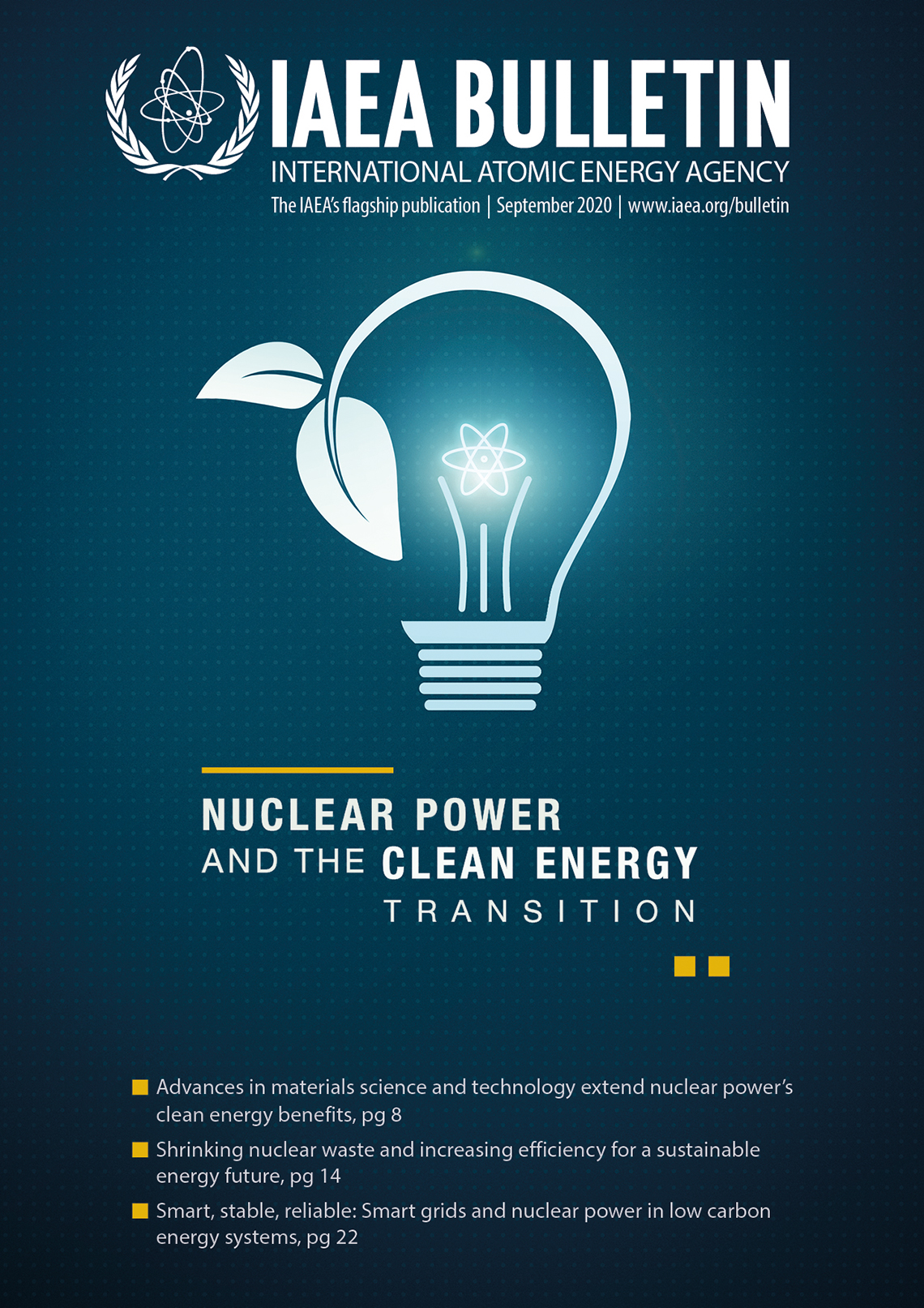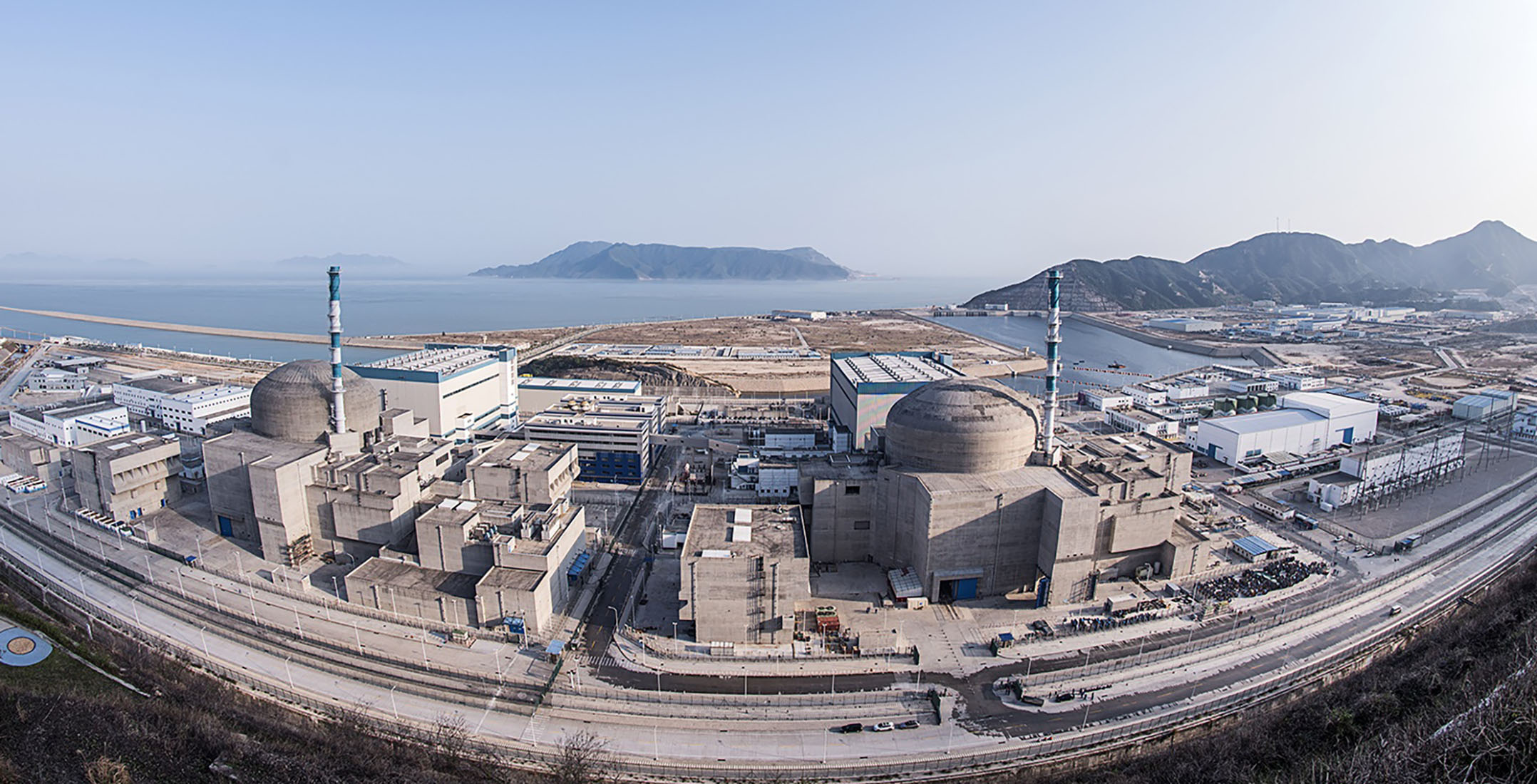Advanced reactors are helping to make nuclear power a more accessible, sustainable and affordable low carbon energy option. With enhanced safety features and designs optimized for cost-effectiveness, these reactors are expected to open the door to better economics, streamlined licensing processes and greater public acceptance, ultimately helping countries to consider nuclear power towards achieving their climate goals.
This will also be one of the topics explored at this year’s IAEA Scientific Forum, ‘Nuclear Power and the Clean Energy Transition’, taking place from 22 to 23 September in Vienna, Austria.
“Designed to operate for six decades or more and expected to streamline licensing processes, advanced reactors fit the bill for climate change mitigation, which requires both quick implementation and long-term sustainability,” said Stefano Monti, Head of the IAEA’s Nuclear Power Technology Development Section. “Public engagement and acceptance are crucial for the future of nuclear power, and, as reactor designs continue to improve from both a safety and economic perspective, so too will the global community’s perception of this vital source of low carbon electricity.”
Advanced reactors and associated fuel and fuel cycles represent the cutting edge of nuclear power technology. Their designs build on over six decades of research, development and lessons learned in nuclear power.
The IAEA works together with countries to identify and address challenges associated with the development of advanced reactors, such as technological innovation and safety design criteria. This support includes collaborative research projects and activities such as workshops with international experts, as well as cooperation with the Generation IV International Forum (GIF), an international cooperative endeavour that now includes 13 countries. Since its establishment in 2000, GIF has been carrying out research and development activities to support next generation nuclear energy systems.
Some distinguishing features of advanced reactors include enhanced thermal efficiency, waste minimization, optimized use of natural resources and the ability to address both electricity production and non-electric applications of nuclear power, such as hydrogen production. These features expand operating potential and vastly improve nuclear power plant economics.

